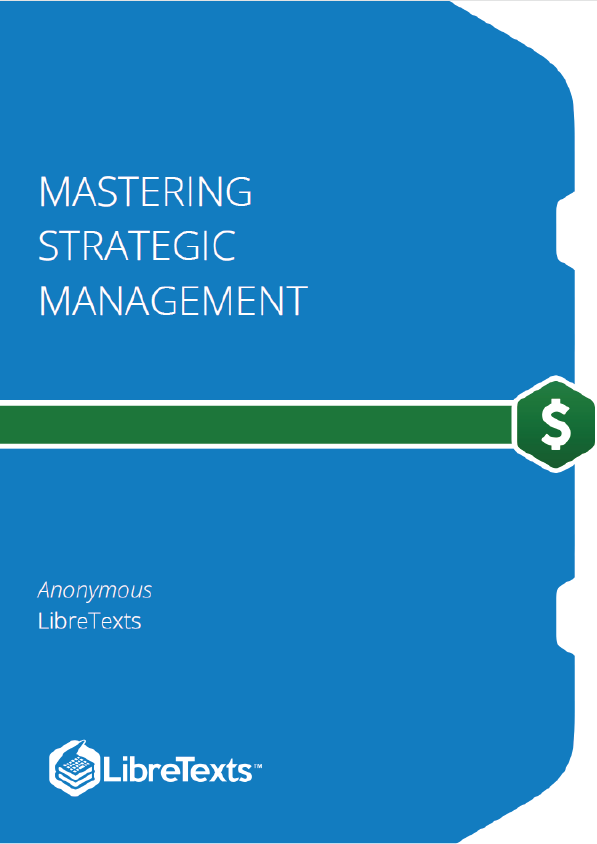What Is Strategic Management?
Issues such as those currently faced by Apple are the focus of strategic management because they help answer the key question examined by strategic management—“Why do some firms outperform other firms?” More specifically, strategic management examines how actions and events involving top executives (such as Steve Jobs), firms (Apple), and industries (the tablet market) influence a firm’s success or failure. Formal tools exist for understanding these relationships, and many of these tools are explained and applied in this book. But formal tools are not enough; creativity is just as important to strategic management. Mastering strategy is therefore part art and part science.
This introductory chapter is intended to enable you to understand what strategic management is and why it is important. Because strategy is a complex concept, we begin by explaining five different ways to think about what strategy involves (Table 1.1). Next, we journey across many centuries to examine the evolution of strategy from ancient times until today. We end this chapter by presenting a conceptual model that maps out one way that executives can work toward mastering strategy. The model also provides an overall portrait of this book’s contents by organizing the remaining nine chapters into a coherent whole.
Defining Strategy: The Five Ps
Defining strategy is not simple. Strategy is a complex concept that involves many different processes and activities within an organization. To capture this complexity, Professor Henry Mintzberg of McGill University in Montreal, Canada, articulated what he labeled as “the 5 Ps of strategy.” According to Mintzberg, understanding how strategy can be viewed as a plan, as a ploy, as a position, as a pattern, and as a perspective is important. Each of these five ways of thinking about strategy is necessary for understanding what strategy is, but none of them alone is sufficient to master the concept (Mintzberg, 1987).
Strategy as a Plan
Strategic plans are the essence of strategy, according to one classic view of strategy. A strategic plan is a carefully crafted set of steps that a firm intends to follow to be successful. Virtually every organization creates a strategic plan to guide its future. In 1996, Apple’s performance was not strong, and Gilbert F. Amelio was appointed as chief executive officer in the hope of reversing the company’s fortunes. In a speech focused on strategy, Amelio described a plan that centered on leveraging the Internet (which at the time was in its infancy) and developing multimedia products and services. Apple’s subsequent success selling over the Internet via iTunes and with the iPad can be traced back to the plan articulated in 1996 (Markoff, 1996).
A business model should be a central element of a firm’s strategic plan. Simply stated, a business model describes the process through which a firm hopes to earn profits. It probably won’t surprise you to learn that developing a viable business model requires that a firm sell goods or services for more than it costs the firm to create and distribute those goods. A more subtle but equally important aspect of a business model is providing customers with a good or service more cheaply than they can create it themselves. Consider, for example, large chains of pizza restaurants such as Papa John’s and Domino’s.











